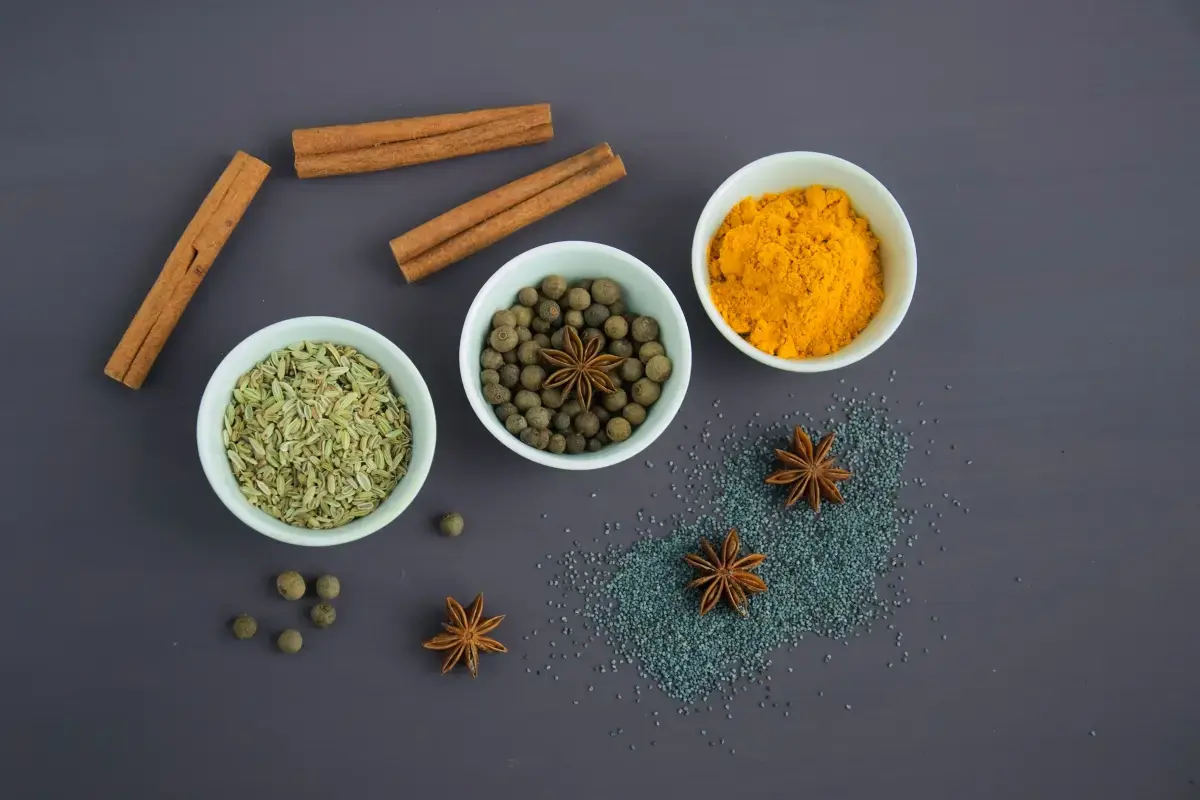
Ceramic Artist Job Description
What is a Ceramic Artist Professional?
A ceramic artist is someone who creates artwork from clay. This can be done in a number of ways, such as sculpting, molding, or hand-building. Ceramic artists may also paint their creations or add other embellishments after the piece has been fired in a kiln. Ceramics have been used for art and utilitarian purposes for centuries. Many early cultures – including the Egyptians, Greeks, and Chinese – crested pottery and figurines from clay. Today, there are still many people who enjoy working with this medium to create beautiful pieces of art that can be enjoyed by others. There are several steps involved in creating a finished ceramic piece.

What does a Ceramic Artist Expert do?
First, the raw clay must be prepared before it can be worked with; this usually involves adding water to achieve the desired consistency. Once the clay is ready to use, it can then be molded into shape (either by hand or using a potter’s wheel), carved away at if necessary , impressions made into it ,or cut out using cookie cutters . Afterwards Excess parts will need to be carefully removed . The next stage is “firing” which transforms the clay object into Stonehenge once it reaches a certain temperature in a shot oven called a kiln .After cooling down glazes and paints can be added for a stunning finish!

What are the Skills of a Ceramic Artist?
A ceramic artist needs a wide range of skills and experience to be successful. One important skill is the ability to work with clay. A ceramic artist must be able to prepare clay for use, shape it into the desired form, and then fire it properly so that it hardens into a final product. They must also have knowledge of glazes and other materials used in finishing ceramics. Experience working with different types of kilns is also necessary, as each type can produce slightly different results.

What makes an Expert Ceramic Artist?
Other important skills for a ceramic artist include good communication abilities and artistic talent. Ceramic artists often need to explain their vision for a piece to customers or collaborators, so being able to clearly communicate ideas is essential. And because ceramics are primarily an art form, having creativity and some natural artistic ability is crucial for success as a ceramic artist

What level of Experience & Qualifications are required to be a Ceramic Artist?
-A minimum of 5 years of professional experience in clay or ceramic arts and/or working with kilns -Expert knowledge and understanding of the history and techniques associated with firing ceramics, glazes, and related materials -Technical proficiency in sculpture design, moulding processes, kiln operation and maintenance -Associate’s degree or higher in Ceramic Art or 3D design from an accredited college preferred -Completed a recognized training program in the field of ceramics such as The National Council on Education for the Ceramic Arts (NCECA) Conference. Good communication skills to interact successfully with clients both within production studios but also potential buyers/commissioners. -Excellent artistry capabilities including impeccable hand eye coordination when forming a variety pieces according to customer specifications as well as complex artistic abilities when creating fine works which require intricate detail aspect is crucial for one working within this medium.

What is the Salary of a Ceramic Artist?
The salary expectations of a junior ceramic artist vary greatly depending on their experience level. A new ceramic artist fresh out of college may start out earning anywhere from $20,000 to $30,000 per year. This more entry-level pay can vary based on the location and prestige of the job as well. As the junior ceramicist advances in skill and gains more professional experience in their craft, salaries can increase gradually up to $50,000 or even $60,000 annually for higher-level talents. Mid-level and senior-level salaries for a talented ceramic artist depend largely on where they are located geographically as well as how much business they bring to their employers studio or store front. The average mid-career/senior pay rate is usually somewhere in the range between approximately $70,000 to almost over three times that amount at close to six figures - this depends mostly upon educational background (degree), work portfolio (displayed pieces) exhibition notoriety within select fine art galleries across cities quite often directly correlate with pay scale advancement/opportunity for an experienced ceramist who wishes also pursue other areas of income avenues such as teaching workshops & classes from host establishment locations looking signing local semester contracts etc., Lastly certain special large custom orders not just specialized skills alone oftentimes will commande even higher premiums which could include long term projects ultimately decided with employers discretion by way respective required commitment level & extend above normal services rendered among usual sphere operations expected day supply demands so forth...

What are the Working Conditions for a Ceramic Artist?
The general working conditions for a ceramic artist typically involve long and often intensive hours in an environment that may not be comfortable. As a ceramic artist, one will usually work in their own studio or shared space with other artists – which can have various degrees of temperature control, air circulation, noise levels and other factors that directly affect the creative process. A typical day in the life of a ceramic artist will involve measuring ingredients, preparing kilns and maintaining studio tools such as banding wheels, sculpting benches and grinders. Working within specific parameters laid out by safety guidelines is also important as artists must take precautions against dust inhalation when working with fine particles of sanded clay. Additionally, constant observation is necessary through all stages of production to maintain proper firing times and temperatures to mean exact specifications are met during each phase – artwork strength is dependent on ths close attention paid to even the smallest detail. Finally, proficiency in customer service skills are often necessary when interacting with clients both publicly (at shows or galleries) as well as privately (during sales transactions).

What are the roles and responsibilities of a Ceramic Artist?
Clay preparation – mixing, wedging
Molding – handbuilding, throwing on the wheel
Trimming and finishing pots
Firing – loading/unloading kiln, stoking fire, attending to studio during firings
Glazing pots
Decoration – painting, slip trailing, sgraffito
) Operating a kiln
) Mixing glazes
) Mengajar anak-anak
Maintaining the clay
Making pottery
Carving clay
Sculpting with clay
Drawing on clay
Coiling
Slab construction
Cutting
Assembling
Pinching
Throwing

Where can I find Ceramic Artist jobs?
- Create a profile on gigexchange and promote your Ceramic Artist skills to advertise you are Open to New Work Opportunities
- Ensure your Resume (or CV), or online work profile is up to date and represents your skills and experience. Ensure your reputation reflects your ability & attitude.
- Apply for Ceramic Artist Jobs advertised on gigexchange.
- Practise Ceramic Artist interview techniques to ensure you represent your personality and ability succinctly and confidently.
- Accept the job offer if the salary meets your expectations and the employer mission and purpose reflects your core values.
Jobs
What are the best job boards for Ceramic Designer jobs?

How can I hire Ceramic Artist staff online for my business?
The best job board for recruiting Ceramic Artist experts is gigexchange.com. Advertise full-time, part-time or contract jobs to find, hire & recruit trusted, experienced and talented Ceramic Artist candidates near you.

Are Ceramic Artist roles in demand in 2026?
Ceramic Artist experts are still in high demand in 2026. If you are an experienced Ceramic Artist or looking to train and become one. The job market is looking strong for Ceramic Artist jobs near me.